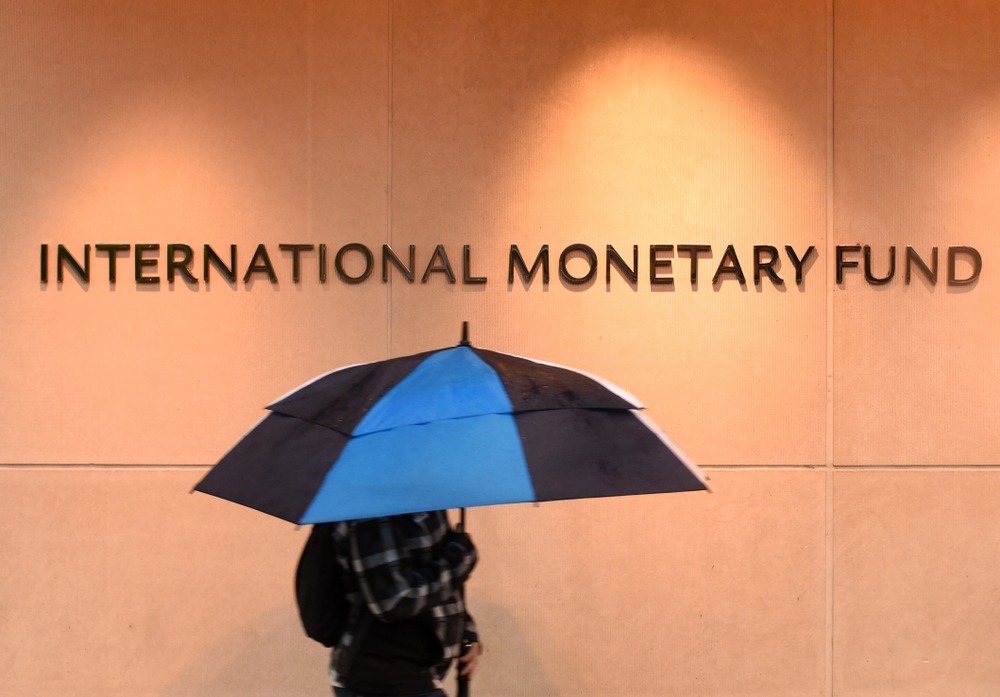According to the International Monetary Fund, rising COVID-19 instances, supply chain interruptions, and greater prices have hampered economic recovery. In its delayed World Economic Outlook report released Tuesday, the IMF expected global GDP to fall from 5.9% in 2021 to 4.4 percent in 2022. This year’s result is half a percentage point lower than originally projected.
“The global economy enters 2022 in a poorer position than previously predicted,” the study said. It cited “downside shocks” since its October prediction. Reasons for these are discovering the omicron COVID variant and associated market instability. Growth slowdowns in the world’s two largest economies, the United States and China, are driving the lowered estimate.
Outlook on US Recovery
The United States should grow at a rate of 4.0 percent in 2022. It is 1.2 percentage points lower than originally forecast. The Federal Reserve removed its monetary stimulus, despite supply chain disruptions. After failing to approve the original bill, the revised forecast excluded President Biden’s centerpiece Build Back Better fiscal policy package from the baseline prediction.
Meanwhile, China should expand 4.8 percent this year, down 0.8 percentage points from previous forecasts. This is due to disruptions created by its zero-COVID policy and “projected financial hardship” among its property developers.
Inflation is the subject of discussion.
Elsewhere, the market is still soaring. COVID instances, growing inflation, and increased oil prices weighed heavily on growth forecasts worldwide, particularly in Brazil, Canada, and Mexico.
Higher inflation should last longer than originally expected, according to the IMF. However, it should diminish later this year “as supply-demand mismatches decrease in 2022 and major economies adjust to monetary policy.”
The research raised its growth prediction for 2023 by 0.2 percentage points to 3.8 percent. However, it cautioned that the estimate did not exclude introducing a new COVID type and that any uptake would be contingent on equal worldwide access to vaccinations and health care.
“The projection is conditional on poor health effects in most countries dropping to low levels by the end of 2022, assuming global vaccination rates increase and medicines become more effective,” it stated.












